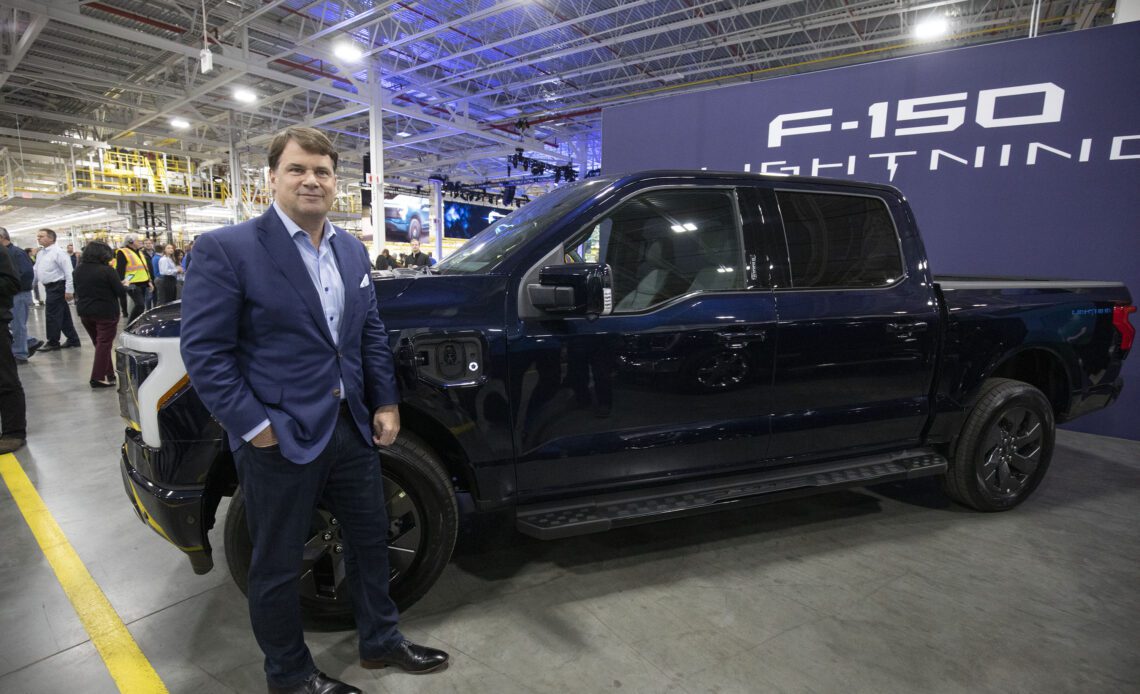Shortly after news broke Wednesday afternoon that its self-driving subsidiary Argo AI would be wound down, Ford CEO Jim Farley joined in on the company’s Q3 earnings call and spoke at length about how senior management came to that decision. “It’s estimated that more than a hundred billion has been invested in the promise of level four autonomy,” he said during the call, “And yet no one has defined a profitable business model at scale.”
In short, Ford is refocusing its investments away from the longer-term goal of Level 4 autonomy (that’s a vehicle capable of navigating without human intervention though manual control is still an option) for the more immediate short term gains in faster L2+ and L3 autonomy. L2+ is today’s state of the art, think Ford’s BlueCruise or GM’s SuperCruise technologies with hands-free driving along pre-mapped highway routes, L3 is where you get into the vehicle handling all safety-critical functions along those routes, not just steering and lane-keeping.
“Commercialization of L4 autonomy, at scale, is going to take much longer than we previously expected,” Doug Field, chief advanced product development and technology officer at Ford, said during the call. “L2+ and L3 driver assist technologies have a larger addressable customer base, which will allow it to scale more quickly, and profitability.”
“It’s taking that investment and putting it towards a business where we think we will have a sizable return in the near term relative to one that’s going to have a long arc,” he added. The company didn’t elaborate on a specific timeframe for when it would potentially be ready, thought Farley did stress that developing the foundational technologies needed for Level 4 will not be won quickly. “We don’t expect a single ‘Aha!’ moment like we used to,” he said.
Farley anticipates updated L2+ and L3 systems to arrive in the coming years alongside the company’s second cycle of EVs in 2023 – 2025. “Ford is completely refreshing it’s EV lineup globally, introducing fully updatable electrical architectures and in-house software development for controlling the vehicle,” Farley noted.
Fields stressed the importance of keeping much of the back end functions of these evolving ADAS technologies in-house. “We will have a core team that can integrate a system, understand its performance at the system level,” he said. “And we will own the software. It is really important that we also own the connection to these vehicles. L3 is a…

